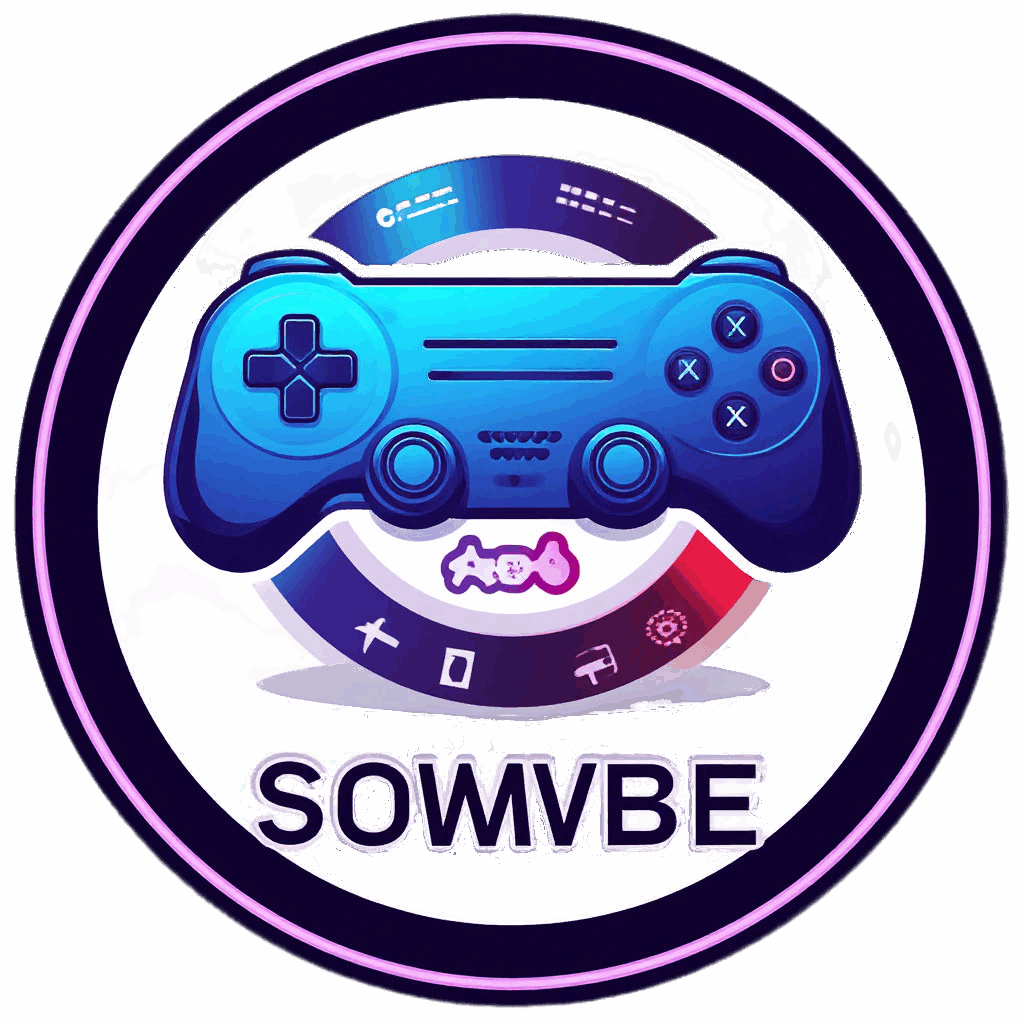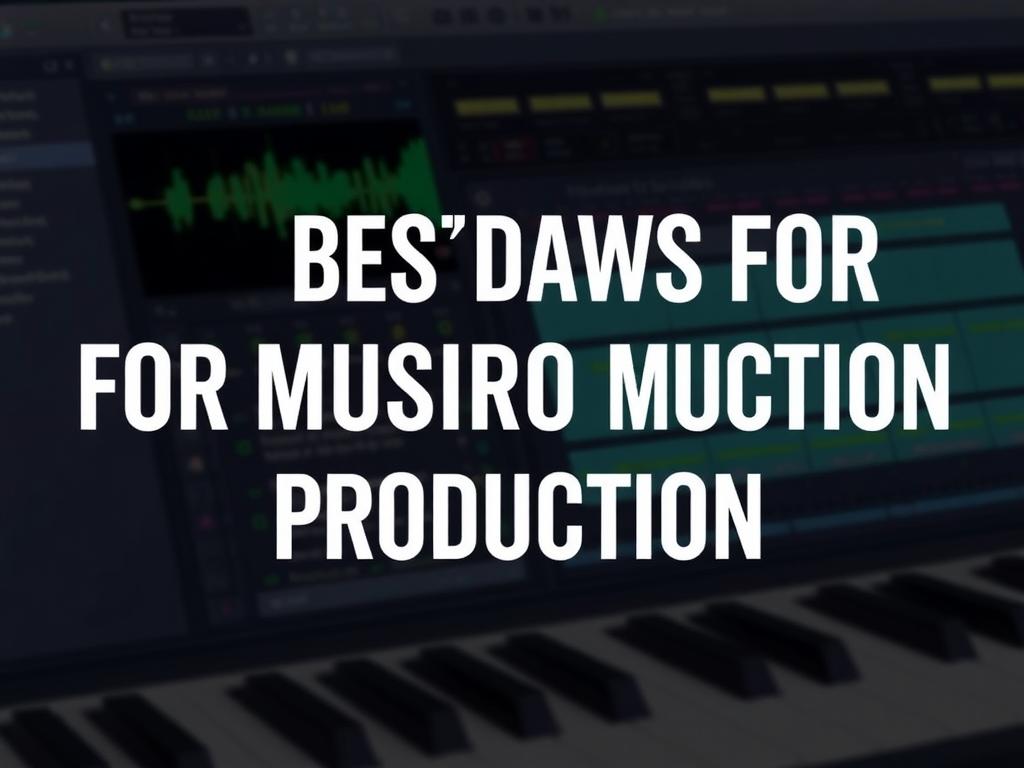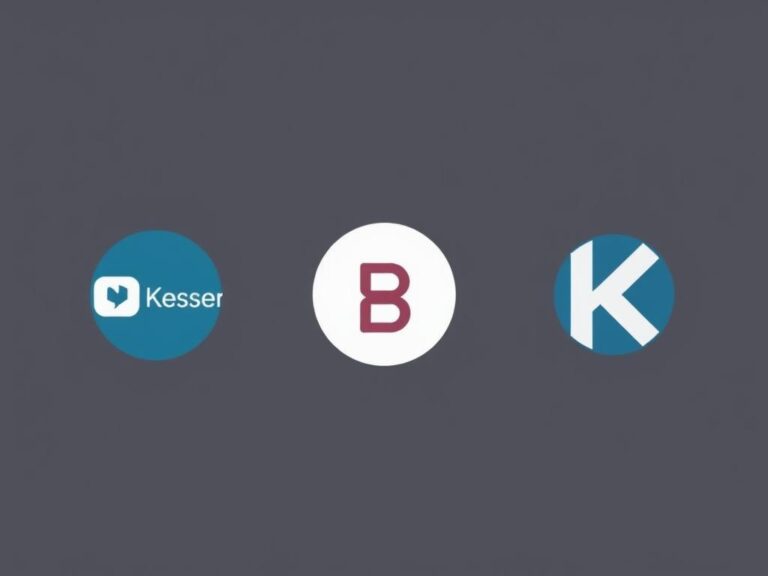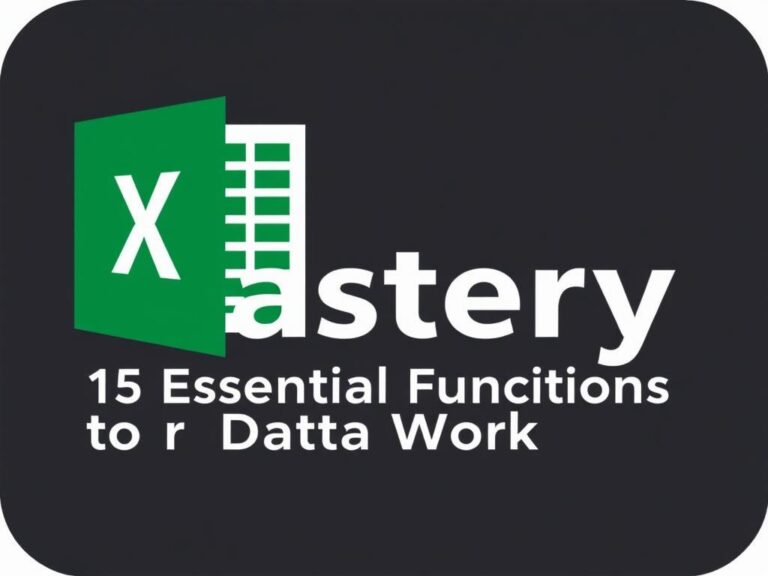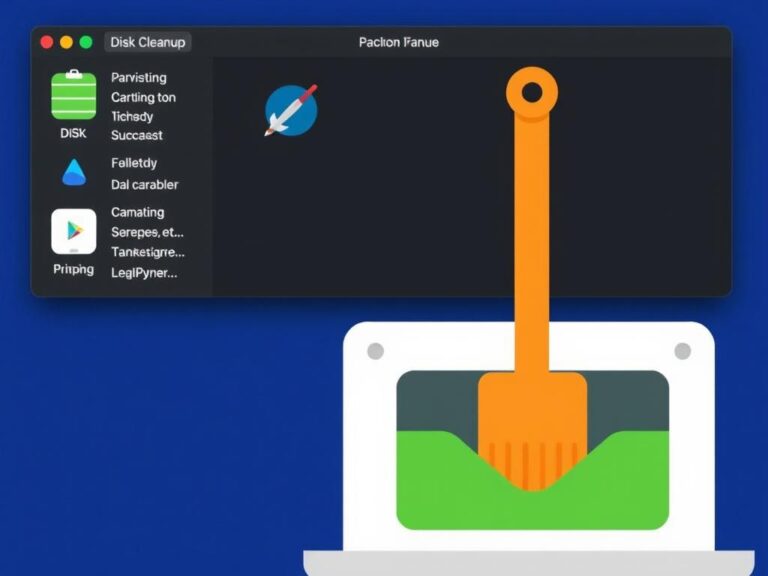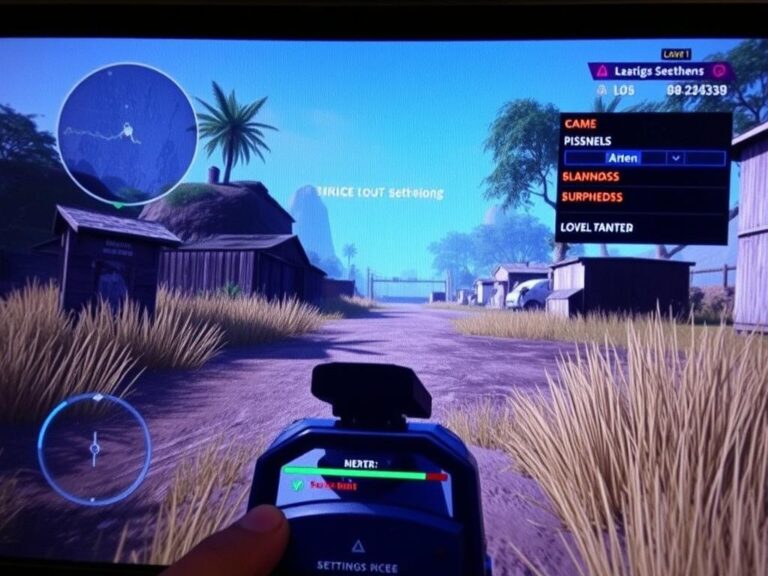Best DAWs for Music Production: FL Studio, Ableton, Cubase
When diving into the world of music production, one of the first and most important decisions you will face is choosing the right digital audio workstation (DAW). With so many options out there, it can feel overwhelming. However, three DAWs consistently rise to the top when it comes to versatility, power, and user satisfaction: FL Studio, Ableton, and Cubase. Each of these platforms offers unique features, workflows, and advantages, making them popular choices for producers ranging from beginners to seasoned professionals. In this comprehensive guide, we’ll explore what makes each of these DAWs stand out, how they compare, and which might be the best fit for your music production journey.
What Is a DAW and Why Should You Care?
Before we get into the nitty-gritty of FL Studio, Ableton, and Cubase, let’s quickly clarify what a DAW actually is. A digital audio workstation is essentially software that allows you to record, edit, mix, and produce audio and MIDI files. Think of it as your entire music studio condensed into a powerful computer application. Beyond just recording, DAWs enable complex tasks such as arranging tracks, applying effects, sequencing, and mastering.
Choosing the best DAW for music production can significantly impact your workflow, creativity, and output quality. Some DAWs are more intuitive and beginner-friendly, while others come packed with advanced features that seasoned producers crave. The good news? FL Studio, Ableton, and Cubase each cater to different production styles and needs.
FL Studio: The Beat-Maker’s Playground
FL Studio, formerly known as Fruity Loops, has grown from a humble beat-making tool into one of the industry’s top DAWs. It’s particularly beloved in genres like hip-hop, EDM, and pop for its intuitive interface and powerful sequencing capabilities.
Key Features of FL Studio
- Pattern-Based Workflow: FL Studio offers a unique, pattern-centric workflow that’s excellent for producers who like to build beats and loops layer by layer.
- Piano Roll: Its piano roll is considered one of the best for MIDI composition, providing detailed control over notes, velocities, and modulation.
- Vibrant Plugin Ecosystem: Comes bundled with a vast range of native plugins, synthesizers, and effects, such as Sytrus, Harmor, and Gross Beat, allowing producers to experiment creatively without needing third-party software.
- Lifetime Free Updates: A unique selling point of FL Studio is that once you buy it, you get free updates for life — an unbeatable value.
Pros and Cons of FL Studio
| Pros | Cons |
|---|---|
| User-friendly and intuitive for beginners | Mixing and audio editing tools are less advanced than some competitors |
| Strong sequencing and beat-making capabilities | Some users say it feels more suited for electronic music, less ideal for recording live instruments |
| Extensive plugin library included | Can be resource-heavy on some systems |
Ableton Live: The Performer and Producer’s Swiss Army Knife
Ableton Live is a DAW built for flexibility, allowing users to create and perform music in innovative ways. Its live session view makes it a favorite among electronic musicians, DJs, and experimental producers who want to blend production with performance seamlessly.
What Sets Ableton Apart?
- Session View and Arrangement View: Ableton’s dual-view setup provides the freedom to improvise ideas in Session View and then arrange them into a final track in Arrangement View. This unique workflow encourages creativity and spontaneous composition.
- Warping and Time-Stretching: Ableton’s audio warping tools are some of the best around, allowing producers to manipulate timing and pitch effortlessly without losing audio quality.
- Max for Live Integration: Max for Live opens a world of possibilities by giving users the ability to create custom devices, instruments, and effects, further expanding Ableton’s already extensive toolkit.
- Excellent MIDI and Hardware Integration: Compatible with a wide range of MIDI controllers and hardware, ideal for those who want tactile control over their production.
Pros and Cons of Ableton
| Pros | Cons |
|---|---|
| Flexible workflow for both production and live performance | Steeper learning curve for beginners unfamiliar with its unique layout |
| Powerful beat-matching and warping capabilities | More expensive than some competitors depending on version |
| Strong third-party plugin and hardware support | Stock plugins could be more diverse in some areas |
Cubase: The Veteran Producer’s Powerhouse
Cubase by Steinberg is a veteran in the DAW scene, known for its depth of features and excellent sound quality. It’s a favorite choice for audio engineers, film composers, and producers who want a comprehensive all-in-one tool for recording, editing, and mixing.
Highlights of Cubase
- Advanced MIDI and Audio Editing: Cubase offers precise control for both MIDI and audio with tools like the Key Editor and Sample Editor, giving producers detailed editing capabilities.
- Comprehensive Scoring and Composition Tools: For composers looking to write sheet music and score arrangements, Cubase’s integrated scoring features are top-notch.
- MixConsole: Cubase’s mixing environment, called MixConsole, provides flexible routing, automation, and advanced metering to help craft professional mixes.
- VST Instrument and Effects Support: Since Steinberg created the VST plugin standard, Cubase offers seamless integration and compatibility with a huge variety of plugins.
Pros and Cons of Cubase
| Pros | Cons |
|---|---|
| Industry-standard tools for audio quality and mixing | Can be intimidating to new users due to its complexity |
| Outstanding support for composers and arrangers | Higher system requirements |
| Robust MIDI capabilities and scoring tools | More expensive, especially advanced versions |
Comparing FL Studio, Ableton, and Cubase Side by Side
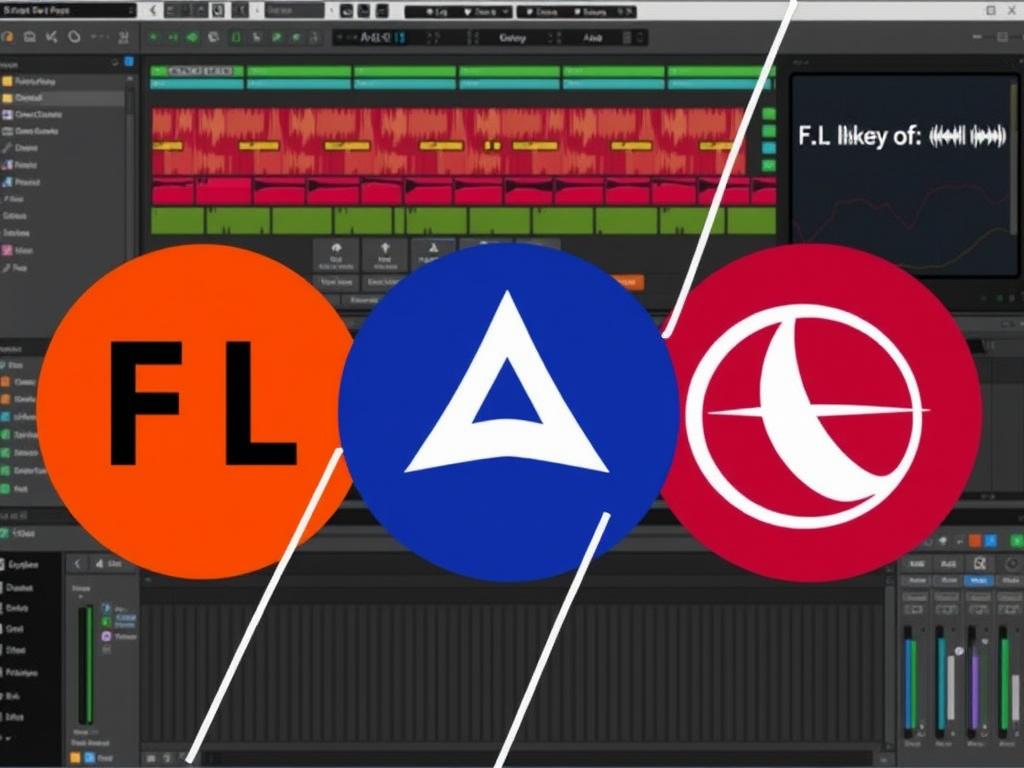
While FL Studio, Ableton, and Cubase each excel in different areas, it’s helpful to see a summary comparison based on key factors that matter to music producers.
| Feature | FL Studio | Ableton Live | Cubase |
|---|---|---|---|
| Best For | Beat-making, electronic music producers, beginners | Live performance, electronic and experimental producers | Professional recording, composition, mixing, and mastering |
| Workflow Style | Pattern-based sequencing | Session and arrangement dual-view | Traditional linear timeline with advanced editing |
| Included Plugins | Extensive built-in synths and effects | Good selection but often supplemented with third-party | Solid collection focusing on quality effects and instruments |
| MIDI Editing | Powerful piano roll and step sequencer | Great MIDI tools; integrates with external controllers | Highly precise MIDI editor and scoring tools |
| Audio Editing | Basic to moderate | Excellent warping and time-stretching | Advanced and detailed |
| Learning Curve | Low to moderate | Moderate to high | High |
| Price Range | Affordable; free lifetime updates | Mid to high depending on edition | Mid to high |
Choosing the Right DAW for Your Music Production Needs
Choosing the best DAW for music production is a very personal decision that depends on your goals, preferred workflow, genre, and budget. Here are some considerations to help you decide:
- Are you primarily interested in beat-making and electronic music? FL Studio’s pattern-based workflow and strong plugin suite may be the perfect match.
- Do you want to perform live with your DAW, or enjoy improvising arrangements? Ableton’s Session View offers unique flexibility unmatched by most competitors.
- Are you a professional musician or engineer looking for comprehensive recording and mixing power? Cubase’s advanced features and refined tools will likely serve you best.
Many producers even use a combination of DAWs to capitalize on each tool’s strengths. For example, starting ideas in FL Studio or Ableton and moving projects to Cubase for detailed mixing and mastering. The most important thing is to find a DAW that feels inspiring and intuitive so you can focus on making music — not fighting software.
Tips for Getting Started with Your Chosen DAW
Once you’ve picked your ideal DAW, here are some handy tips to maximize your learning and creativity:
- Explore Tutorials: Every DAW community offers abundant tutorials, both official and user-generated. Watching these will help you grasp workflows and uncover useful features faster.
- Use Stock Plugins: Before rushing to buy third-party instruments or effects, get familiar with the DAW’s native plugins. They’re often powerful enough to create professional-sounding music.
- Practice Regularly: Like any creative tool, the more time you spend with your DAW, the better your skills and workflow will become.
- Keep a Template: Create a basic project template with your frequently used instruments, tracks, and routing to speed up your workflow.
- Experiment and Have Fun: Don’t be afraid to play around and try unconventional techniques. Innovation often happens when you break the rules.
The Future of DAWs and Music Production
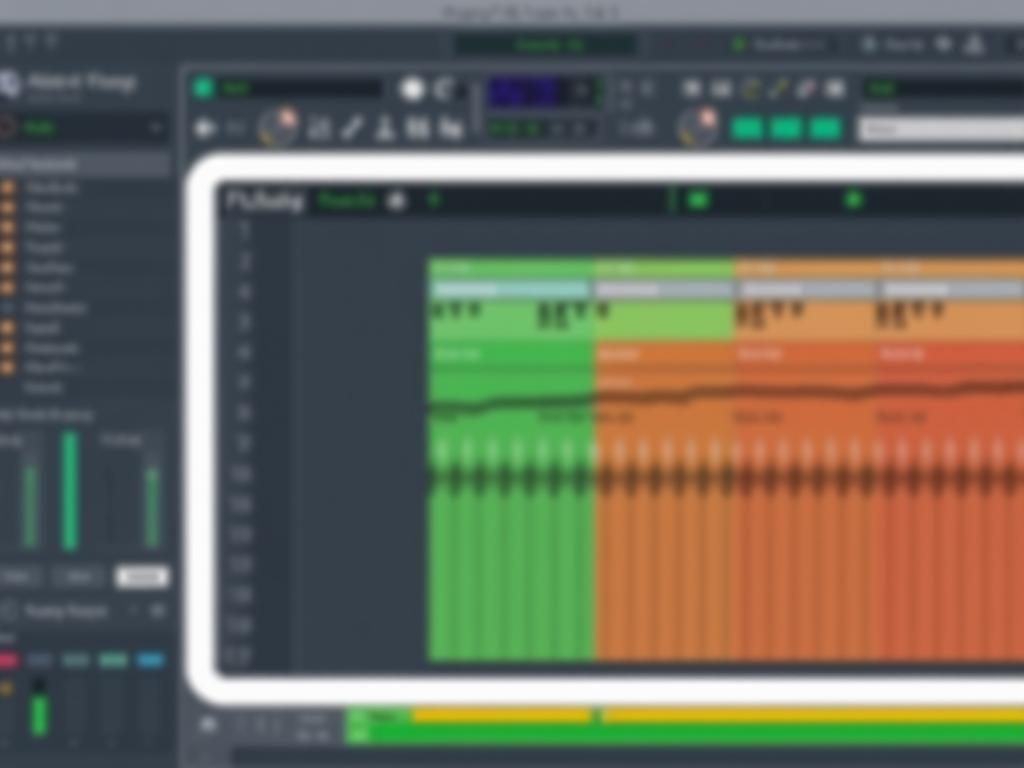
The landscape of digital audio workstations is constantly evolving. FL Studio, Ableton, and Cubase regularly release updates that add new features and improve stability, keeping up with new hardware, plugins, and user demands. Additionally, integration with cloud-based collaboration tools and artificial intelligence-assisted production is becoming more common, pushing the boundaries of what producers can achieve.
As music production becomes more accessible through powerful DAWs, the only limit remains your imagination. Whether you’re crafting trap beats on FL Studio, performing live sets with Ableton, or mixing orchestral scores in Cubase, the possibilities for creativity are endless.
Conclusion
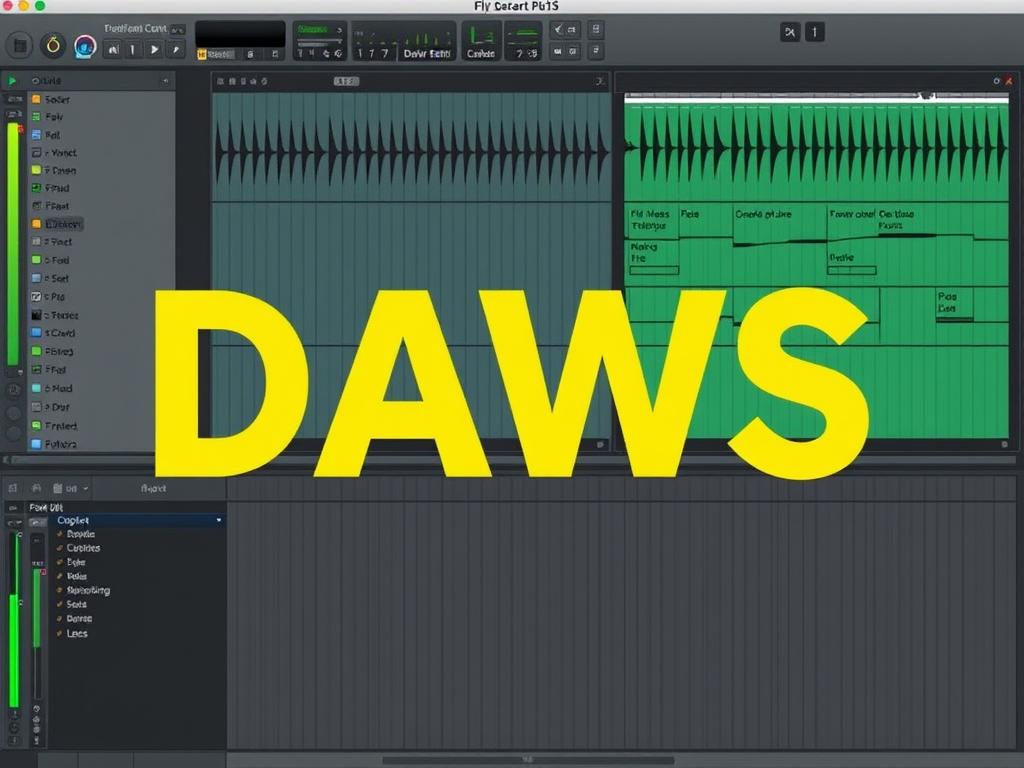
Choosing the best DAW for music production ultimately depends on your personal preferences, music style, and goals. FL Studio, Ableton, and Cubase each offer distinct advantages that cater to different types of producers. FL Studio shines as an accessible, pattern-based DAW perfect for beat makers and electronic musicians, with its lifetime free updates and vibrant plugin ecosystem. Ableton Live is unbeatable in versatility, ideal for those who want to combine production and live performance seamlessly, especially with its unique Session View and powerful warping features. Cubase stands out as a comprehensive powerhouse favored by professional producers and composers who demand the finest tools for recording, editing, and mixing. By understanding these DAWs in depth and aligning their strengths with your creative workflow, you’ll be well-equipped to make music that resonates and inspires. Remember, the DAW is just a tool — the artistry comes from you.
